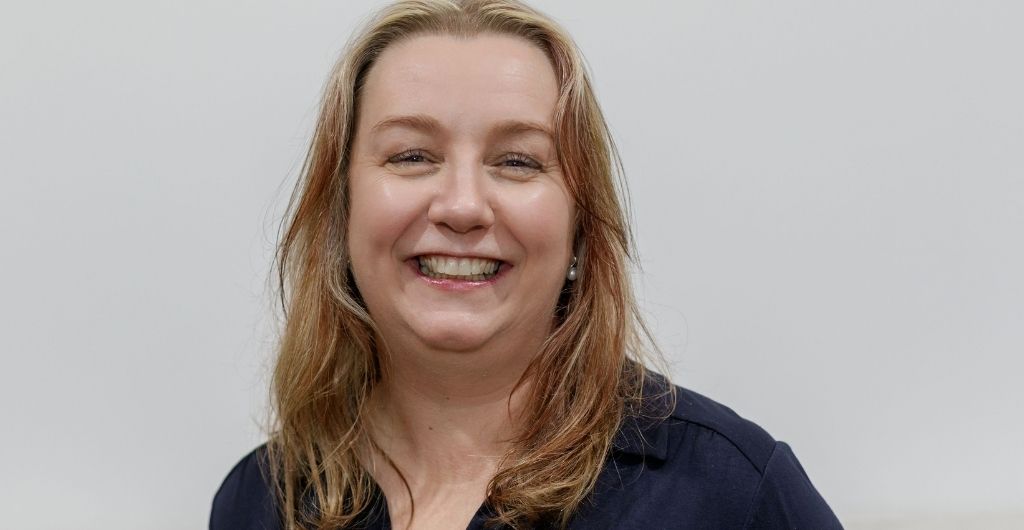
Zillah Moore, Director at Tunstall Healthcare
Zillah Moore, Director at Tunstall Healthcare, discusses the role of technology in enabling the healthcare system and its services to prepare for winter, and the benefits of different technology in supporting the continued provision of effective care.
Throughout the year, the healthcare industry has had to rapidly adapt and modernise its processes to enable the continued provision of effective care, while also coping with the influx of COVID-19 patients.
Healthcare leaders have been working closely with local authorities and the Government to develop and deploy initiatives which mitigate the various impacts of the pandemic and offer numerous benefits, from a reduction in the need for face-to-face care through remote care, to cost savings.
However, with winter approaching, The Academy of Medical Sciences has identified four acute pressures which could obstruct healthcare providers and services; rising cases of COVID-19, disruption of the NHS, a backlog of routine care, and flu season coinciding with the current pandemic.
The forecast of unprecedented pressures on the NHS and private healthcare providers highlight that the adoption of various solutions, including technology enabled care services (TECS), and the role of robust remote patient monitoring solutions is crucial if we are to successfully navigate through the ongoing crisis.
The pandemic has emphasised the acute requirement for greater modernisation of healthcare provision, and technology enabled care services (TECS) have, and will continue to, play a major role in highlighting and supporting this development.
Barriers to adoption
Over the past decade, the rise in the use of technology across the board has exponentially increased. Smart speakers, tablets, heating and lighting systems is a small selection of the technology currently being used in the home. However, this increased adoption has not been reflected in the healthcare industry.
The NHS continues to use traditional, and often outdated technology, including fax machines, and many healthcare workers complete and file paperwork, manually, rather than using digital alternatives.
Yet the delay in modernisation and adoption of technological solutions is not due to issues with innovation. Successful projects are rarely reproduced in alternative departments or systems, leading to a lack of consistency and understanding of the benefits of technology. Although there are clear areas of best practice, this remains inconsistent and other service providers have experienced limited penetration.
The pandemic has starkly illustrated why this must change and why the barriers to adoption must be overcome. Technology connects vulnerable people with key stakeholders, including families and clinicians, and enables integrated, and remote, care provision. Healthcare providers must remodel services using technology to create an effective and person-centred healthcare system, particularly to safeguard services during winter and against future health crises.
The benefits of integration
Despite the NHS’ delay in integrating TECS, technology was a feature of the Long Term Plan prior to the pandemic. The report set out ambitious plans for the improvement of the healthcare system and its services, including driving digital transformation forward and adopting technology such as websites, apps and enhanced computer systems.
The pandemic has emphasised the requirement for the appropriate use of technology in healthcare, such as remote patient monitoring. The past few months have also demonstrated how quickly technology can be adopted and incorporated into pathways if required, and it is vital that the gains made are not lost as we approach winter.
In order to fully protect vulnerable people during and beyond the winter months, the UK’s health systems must make this transformation a reality, and embrace the rapid implementation of digital technology.
TECS can greatly reduce pressures on the UK’s services by providing predictive solutions which enable health and social care providers to determine those most at risk across a range of settings. Specific benefits of integration include improved patient outcomes and service-user experiences, reduced pressures on staff and carers, improved remote-health monitoring to limit infection rates, and potential cost savings.
Technological solutions available
There are a huge range of TECS available which the healthcare industry can adopt, such as sophisticated remote patient monitoring (RPM) platforms. Solutions like this can support vulnerable people in their community, enabling early interventions to avoid the need for more complex care, and limit face-to-face contact.
Tunstall Healthcare has recently launched its ICP triagemanager™ portal which enables remote monitoring, risk stratification and management of patients by clinical and service teams through customised or pre-approved questionnaire templates, a traffic light-prioritisation system that triages patients to identify those most in need of intervention, video conferencing which allows communication without the need for face-to-face contact, and a library of educational content that can be made available to patients to improve their awareness and responsibility for health management.
Applications can also offer significant benefits to healthcare services, particularly during times of increased pressure such as winter. Apps enable the management of patients who’ve recently been discharged from hospital to reduce the risk of readmission, the remote working of clinical staff and service teams employing social distancing, and the promotion of improved mental health through connectivity during isolation. Apps can also empower patients to become more knowledgeable about their own conditions and confident in managing them, supporting a move to more community-based care for people with long-term conditions.
Tunstall Healthcare has also introduced two unique apps, the single-user myMobile, and multi-use myKiosk, which have been specifically designed to support both individuals in their community, and residents in group living environments. The apps are easy to use and intuitive and enable patient engagement in the management of long-term conditions, alongside the effective transmission of data between patients and clinicians.
Winter and beyond
Thanks to the ongoing COVID-19 crisis, this winter is likely to place unique pressures on the NHS and private healthcare providers, particularly as the virus co-circulates with seasonal flu and other illnesses.
These, and other pressures, can put vulnerable people and those who care for them at risk. Local authorities and healthcare decision makers need to invest in technological solutions to enhance the continued provision of effective care delivery.
The Government must also support the development of digital infrastructure to assist providers in switching over to TECS platforms, and ensure a minimum technology standard across healthcare services. The combined effort from these stakeholders will mitigate the ongoing impact of the COVID-19 pandemic as we move into the winter months, and in turn protect society’s most vulnerable.











